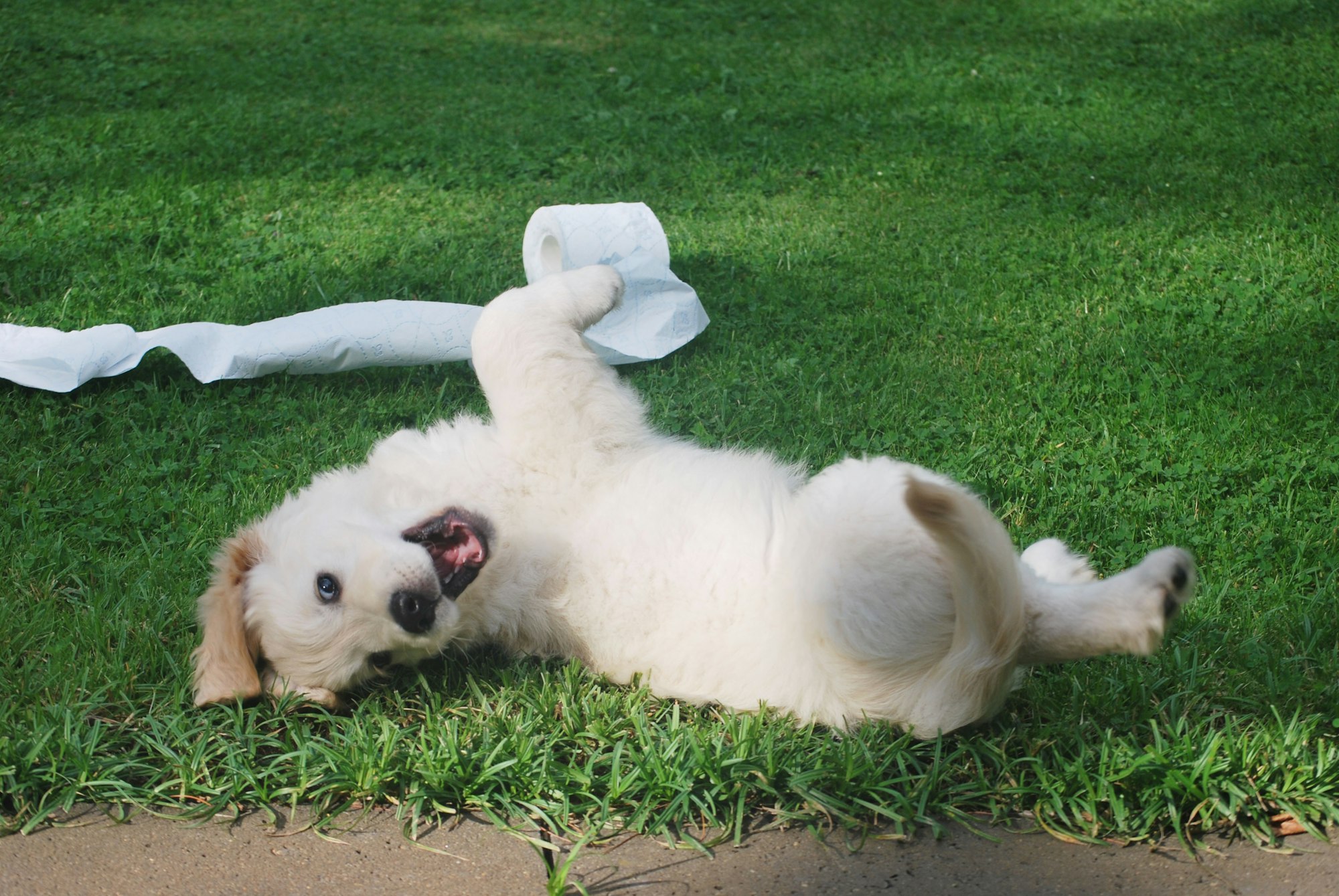Ask Me Anything: Canine Behaviour with Malvika Manjunath

No one knows your furry buddy as well as you do! That’s for sure. But sometimes, even the closest hoomans are left confused by their pets’ behaviour.
What brought about that barking spree?
Why is Leo scared of playing with his street buddies?
And why isn’t Bella responding to the command FETCH?
To find answers to questions like these, we got onboard canine behaviourist Malvika Manjunath for an AMA session and got her expert opinion on a variety of canine behaviour related issues.
Keep scrolling to read the TLDR version.
- Sleep-Startle Reflex
An irritable doggo before and after nap time? If this rings a bell then your pet might be exhibiting the sleep-startle reflex. Although a genetic condition, it can be worked around by alerting your sleepyhead that you’re approaching him or her with a sound like a clap or whistle. Also, make sure they get a safe, quiet space to sleep and you should see a positive change in no time!
2. Befriending Every Breed
Often dogs fail to get along with furries from other breeds due to poor interaction as a pup, or height similarities that could trigger a negative reaction. In either case, it is best to work with an experienced canine trainer to help your pooch overcome this negative response and better interact with other doggos. Remember the magic lies in training, the company of a well-socialised canine companion and positive reinforcement.
3. The Indoor Pee-ing Problem
If you find your dog peeing indoors despite being constantly corrected and taught to attend nature’s call outside, you’re not alone. Often dogs pee inside the house to get a reaction out of you and by association, your attention. Simply ignore this behaviour and encourage and praise them when they pee where they’re supposed to.
4. Muzzle Mania
Training your dog to get comfortable wearing a muzzle takes practice. You can begin by adding a few treats inside the muzzle and constantly praising your dog while it’s on. The aim is to get your pet used to it for longer periods of time. Start with a few seconds and take it to a minute or longer over the span of a week to 10 days. Also be sure to check the size and fit of the muzzle, as these factors directly affect how your dog responds to it.
And that’s it for this time’s recap. Stay tuned for our upcoming AMA Sessions with canine experts that help you make dog parenting easier and better.
Until next time, keep learning!
